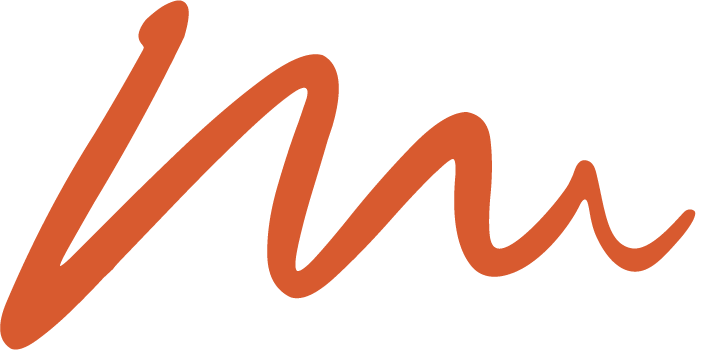No drone in the world can be described as intrinsically safe. A qualified pilot will fly the drone at a safe distance whilst still capturing the necessary data.
Yes. The cameras/sensors on today’s drones are capable to fully inspect a flare head whilst it is still burning.
No. Although the drones have amazing capabilities with obstacle avoidance and geo-fencing, they should only be operated by a fully trained and experienced pilot for these types of inspections.
Thermal cameras are very useful when oil and gas facilities. They can give an indication of flare head damage and they can help with preventive maintenance and locate gas leaks.
This will vary but it will take a number of days to complete an inspection. However, the plant operations can continue whilst the inspection happens so no disruption is caused.
Drones are increasingly being used for offshore operations. They can perform inspections on offshore platforms, rigs, and vessels, helping to assess structural integrity, monitor for environmental compliance, and support emergency response activities.
Drones improve safety by providing a means to conduct inspections and surveys without exposing personnel to hazardous environments. They can reach high-risk areas such as flare stacks, offshore platforms, and survey over open water. This greatly reduces the need for potentially dangerous manual inspections.
